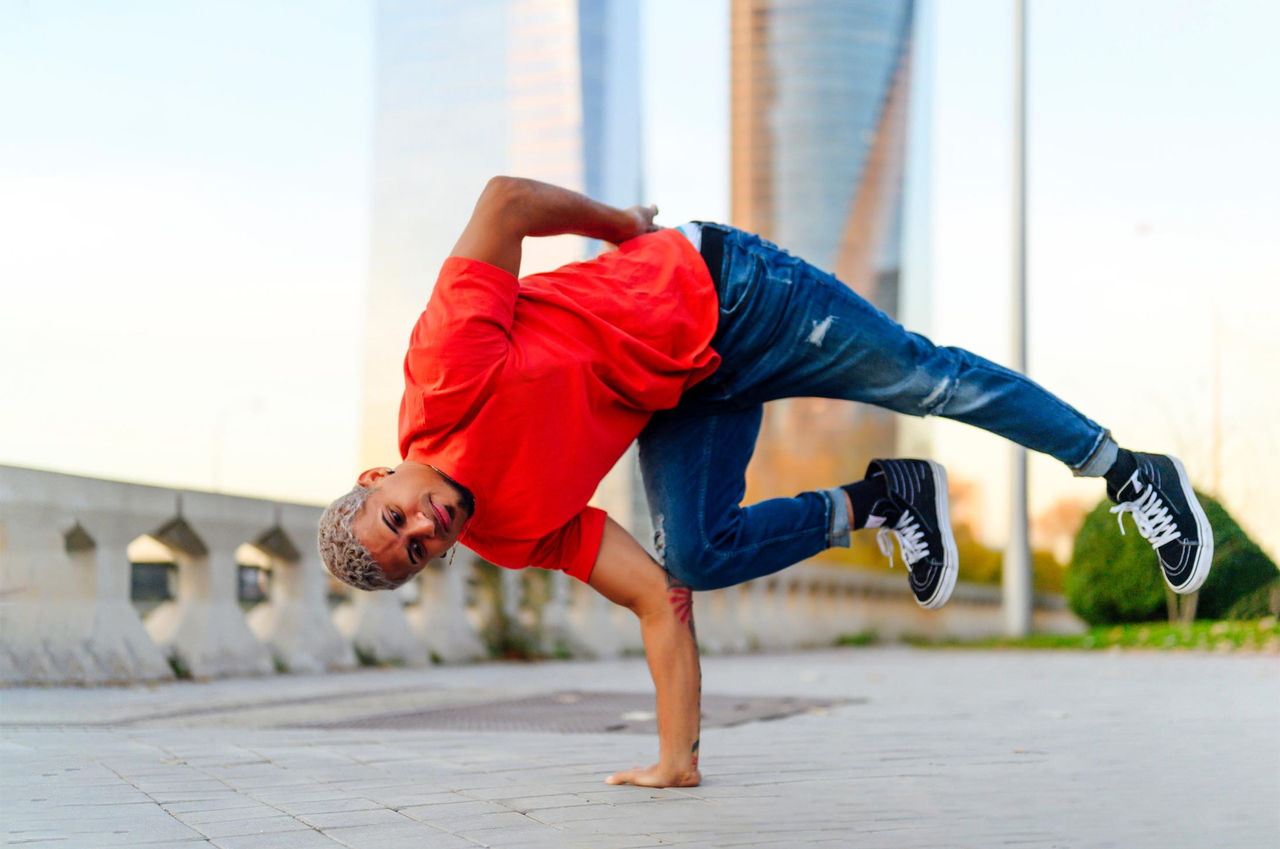-
- Find Care
-
- Visitor Information
- Find a Location
- Shuttles
- Visitor Policies
-
-
- Our Virtual Care Options
- Virtual Urgent Care
- Virtual Visits for Primary & Specialty Care
- Online Second Opinions
- Participate in Research
-
- Contact us
-
- For Innovators
- Commercialization Guide for Innovators
-
-
- Research News
- Alzheimer's Disease
- Artificial Intelligence
-
- Overview
-
- Overview
- Getting Started
- New to Mass General Brigham
- International Patient Services
- What Is Patient Gateway?
- Planning Your Visit
- Find a Doctor (opens link in new tab)
- Appointments
- Patient Resources
- Health & Wellness
- Flu, COVID-19, & RSV
- Billing & Insurance
- Financial Assistance
- Medicare and MassHealth ACOs
- Participate in Research
- Educational Resources
- Visitor Information
- Find a Location
- Shuttles
- Visitor Policies
- Find Care
-
- Overview
- Our Virtual Care Options
- Virtual Urgent Care
- Virtual Visits for Primary & Specialty Care
- Online Second Opinions
-
- Overview
- Participate in Research
-
- Overview
- About Innovation
- About
- Team
- News
- For Industry
- Venture Capital and Investments
- World Medical Innovation Forum (opens link in new tab)
- Featured Licensing Opportunities
- For Innovators
- Commercialization Guide for Innovators
- Contact us
-
- Overview
- Information for Researchers
- Compliance Office
- Research Cores
- Clinical Trials
- Advisory Services
- Featured Research
- Two Centuries of Breakthroughs
- Advances in Motion (opens link in new tab)
- Brigham on a Mission (opens link in new tab)
- Gene and Cell Therapy Institute
- Research News
- Alzheimer's Disease
- Artificial Intelligence
-
- Overview
-
- Overview
- Residency & fellowship programs
- Brigham and Women's Hospital
- Massachusetts General Hospital
- Mass Eye and Ear
- Newton-Wellesley Hospital
- Salem Hospital
- Integrated Mass General Brigham Programs
- Centers of Expertise
- Global & Community Health
- Health Policy & Management
- Healthcare Quality & Patient Safey
- Medical Education
- For trainees
- Prospective trainees
- Incoming trainees
- Current trainees
- Continuing Professional Development
How Can I Prevent Dance Injuries?

Dancing is both an art and a sport. Recently, dance medicine and sports medicine have found common ground to make dancers as safe and successful as possible.
“At every level, artistic expression in dance often involves either extreme ranges of motion or very repetitive athletic activities. Just like any other sport, this can increase the risk for overuse injuries, misuse injuries, and acute injuries,” says Lauren Elson, MD, a Mass General Brigham dance medicine specialist.
Dr. Elson leads the Dance Medicine Program at Spaulding Outpatient Center Boston.
The types of injuries a dancer may face are genre-specific and choreography-specific. Dr. Elson explains how all dancers can benefit from a good overall fitness and wellness plan.
Common dance injuries
Different types of dance predispose a dancer to different injuries. For example:
- All dancers tend to be at risk for overuse injuries, which occur when a dancer performs the same specific choreography or movement over and over again. Common overuse injuries among dancers include patellofemoral syndrome (pain around the kneecap), Achilles tendonitis, and stress fractures in the low back.
- Ballet dancers tend to be hypermobile (for example, excessively flexible or double-jointed), which puts them at risk for dislocations.
- Contemporary dancers experience knee pain and low-back pain more often.
- Both contemporary dancers and ballet dancers tend to have more foot and ankle injuries.
- In street dancers, such as those who practice the new sport of Olympic Breaking, Dr. Elson sees more neck, shoulder, and upper-back injuries. They’re also at risk of acute injuries such as sprains and ligament tears because their choreography is more abrupt and spontaneous.
Use a dynamic dance warm-up and stretching for the cool-down
“I grew up dancing, and at the time, everyone thought that stretching was something you do before class, and we would just all go and sit in the second splits. But now we know this isn’t good for us,” Dr. Elson says. “Not only does it not increase flexibility, but it might actually make us more prone to injury. We now know from the sports medicine literature that the correct order of doing things is to do a dynamic warm-up before class or rehearsal.”
She recommends starting with small movements and working up to larger movements as you get warmer. For example, start with breathing and shoulder rolls or a yoga sun salutation. Then, march in place, lightly jog in place, and do some jumping jacks to elevate heart rate. Next, you may do some push-ups and crunches.
Dr. Elson also finds it very helpful to roll a tennis ball or a Franklin method ball on the bottoms of the feet or other areas that feel tight. This gets blood and oxygen flowing more freely to those areas.
Save stretching for the end of every session, with focus on the hip flexors, quadriceps, calves, and lower back.
Cross-training and strength training for dancers
“There is no dance form that really balances all the muscles of the body appropriately. So, it’s very important that we make an effort to be well-rounded in our fitness,” Dr. Elson says.
She encourages dancers to practice strength training and other types of conditioning as part of a comprehensive plan that addresses the whole body. Studies have shown that dancers who cross-train have fewer injuries and perform better.
Dr. Elson recommends these key strategies:
- Practice regular strength training. Dancers can use many strengthening programs. Examples include weight machines, free weights, barbells, body-weight exercises, and resistance bands.
- Focus on your core. Many exercises can work the core. Dr. Elson says you can test your core strength with the airplane test. Stand with feet parallel, then hinge at the hips while bending one leg and sending the other leg straight out in back, sweeping the arms down toward the floor. This can help determine your level of pelvic limb dissociation, the ability to move one part of the body while keeping the other part stable.
- Improve your cardiovascular fitness. Elson reminds dancers not to take cardio for granted. Cardio can help you increase stamina and decrease fatigue, which is often a factor in injuries.
- Pay attention to your knees and feet. She urges ballet dancers to make sure their knees track directly over their toes. It’s important for dancers of all genres, too, says Dr. Elson. Don’t allow the knees to buckle inward or turn outward. And make sure the arches of your feet aren’t collapsing.
- Strengthen your feet, hips, and gluteus medius. Choose exercises that focus on these muscles, which are particularly important for dancers.
- Supplement with exercises that stretch and elongate muscles. Specific examples include Pilates and Gyrotonics. Gyrotonics is an exercise method that uses rotation movements and specialized equipment to improve strength, flexibility, and coordination.
Dr. Elson encourages dancers to think about the way their body feels.
“You should feel very comfortable. You shouldn’t feel like you’re forcing anything,” she says. “Instead of just executing a movement, think about what it feels like to execute the movement. We call that somatic awareness.”
Focus on overall dancer health
Dr. Elson wants dancers to take a holistic approach to their safety. She asks them to:
- Dance on safe surfaces as much as possible. Concrete floors are harder on your body, for example. Sprung floors are best when you jump a lot.
- Get enough sleep, at least 8 hours per night.
- Take 1 or 2 rest days per week.
- Eat a nutritious diet and get enough calories to help your muscles recover and rebuild. Dried fruit and nuts are excellent snacks for dancers, she adds.
- Stay hydrated. Drink plenty of water, and add electrolyte drinks when you’re sweating a lot.
- Wear proper footwear for the type of dance you perform, which may require an expert consultation. Replace footwear when you outgrow it or when it gets worn out.
When to see a doctor for a dance injury
If you experience a dance injury and can’t bear your own weight, seek medical attention. Otherwise, if you have “a tweak,” Dr. Elson says it’s reasonable to rest for a few days and elevate the area that hurts. If it doesn’t feel better in a few days, talk to a healthcare provider.
Never dance through pain or wait for it to get so bad you can’t dance the way you want to.
“By then, it’s not usually one thing that hurts — it’s 6 things that hurt because you’ve been compensating for so long,” Dr. Elson says.
She encourages dancers to talk to a healthcare professional any time they notice their movement patterns are “off” in any way.
“Dancers often don’t seek medical care because they’re afraid that they’re going to be told to stop dancing or they don’t think anything can be done for them,” she says. But an expert is unlikely to tell you to stop dancing. They can help you modify and correct your movements to recover from injury and ultimately enhance your performance.
Preventing injury in young dancers
Dr. Elson cautions younger dancers not to overdo their dance training. Children shouldn’t dance more hours per week than their age, she adds. For example, limit an 8-year-old to no more than 8 hours of dancing per week.
“Many dance students are still growing, and their bones are growing faster than their muscles,” she says. “When they’re trying to accomplish things that they couldn’t accomplish before or things that they see their peers or people on TV doing, they often try to force their bodies in ways they shouldn’t.”
